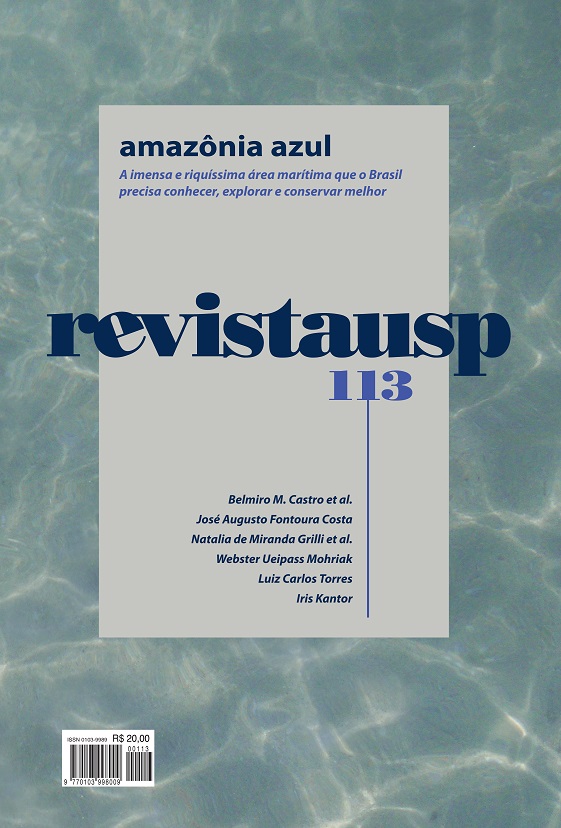O tráfico negreiro na cartografia luso-afro-brasileira: a circulação da informação geográfica no Atlântico Sul
DOI:
https://doi.org/10.11606/issn.2316-9036.v0i113p81-102Palabras clave:
slave trade, sea routes, merchant companies, African, Brazilian and Portuguese cartography, slave harbors, naval logisticsResumen
Just like the upheavals caused overseas by the Thirty Years' War in the 17th century, the Treaty of Utrecht, the Seven Years' War and the Napoleonic expansion changed the South and North Atlantic commercial network makeup in global scale. By the end of the 18th century, the European ports and factories in Africa were fully recorded by the cartographers from Portuguese America with great accuracy, spreading out important nautical and geographical information. We seek to highlight the circulation of the military, ethnographic and mercantile information. I will try to underline the heuristic potential of the cartographic sources for the study of the slave trade in the second half of the 18th centuryDescargas
Los datos de descarga aún no están disponibles.
Descargas
Publicado
2017-06-06
Número
Sección
Dossiê Amazônia Azul
Licencia
Derechos de autor 2017 Revista USP

Esta obra está bajo una licencia internacional Creative Commons Atribución-NoComercial-CompartirIgual 4.0.
|
Pertence à revista. Uma vez publicado o artigo, os direitos passam a ser da revista, sendo proibida a reprodução e a inclusão de trechos sem a permissão do editor. |
Cómo citar
KANTOR, Iris. O tráfico negreiro na cartografia luso-afro-brasileira: a circulação da informação geográfica no Atlântico Sul. Revista USP, São Paulo, Brasil, n. 113, p. 81–102, 2017. DOI: 10.11606/issn.2316-9036.v0i113p81-102. Disponível em: https://www.journals.usp.br/revusp/article/view/139350.. Acesso em: 20 may. 2024.


